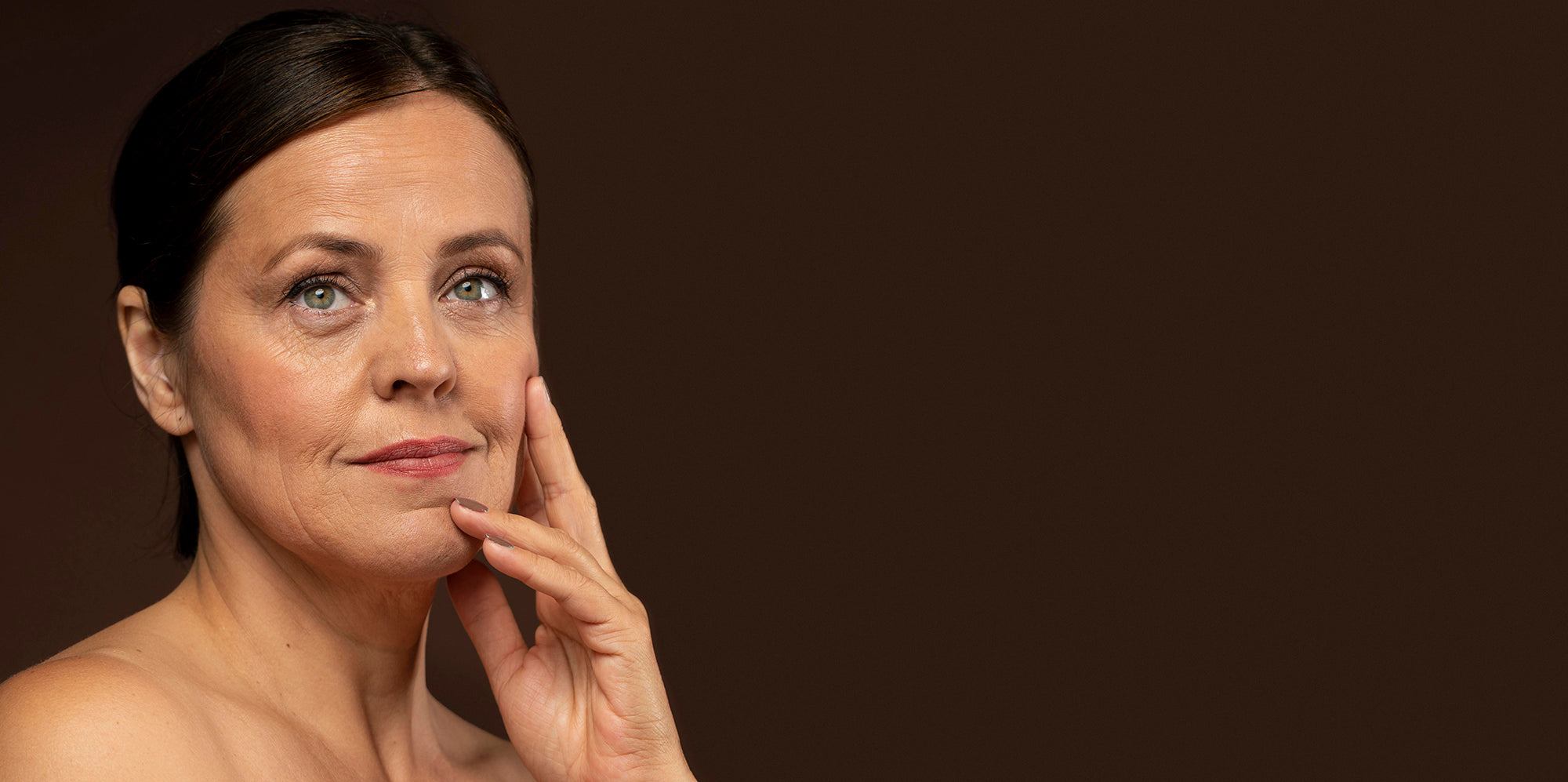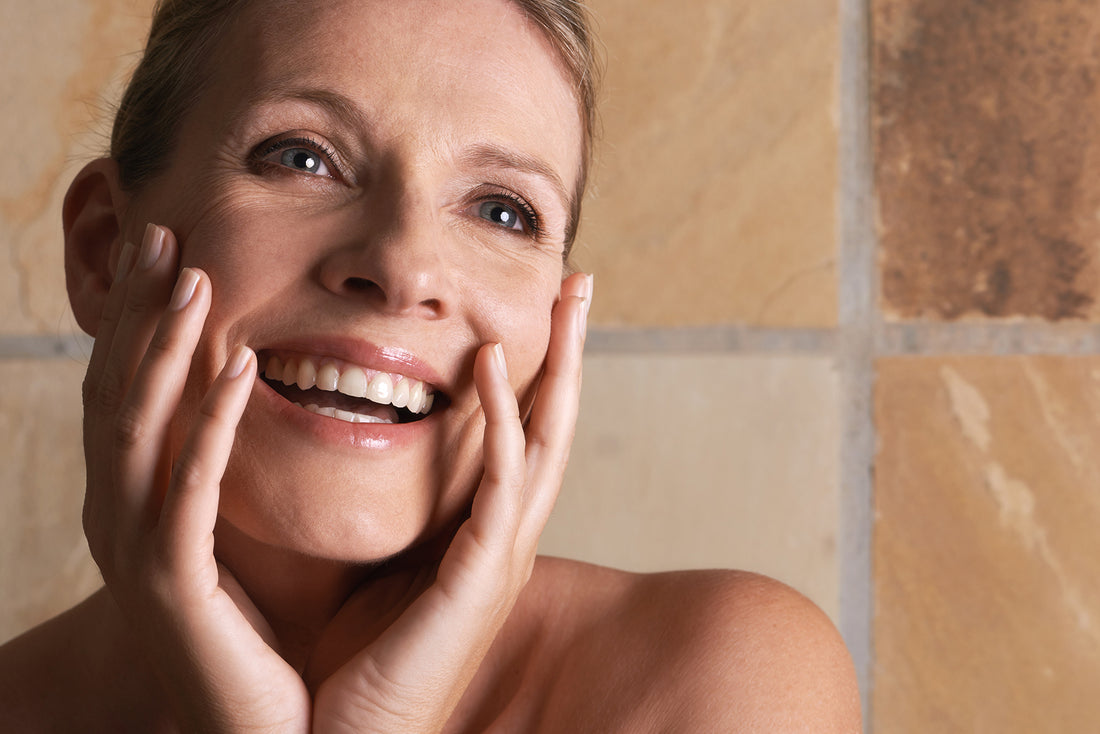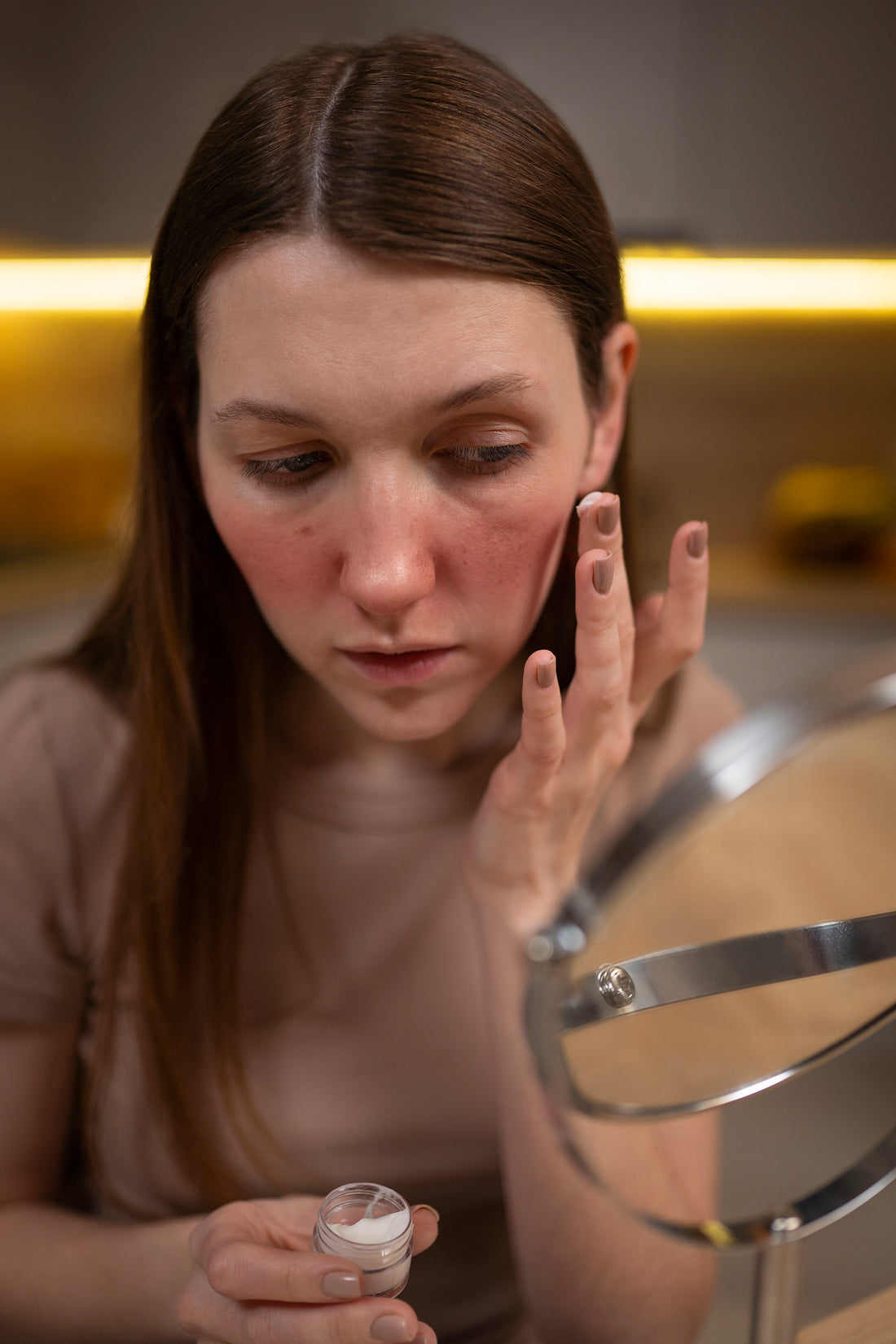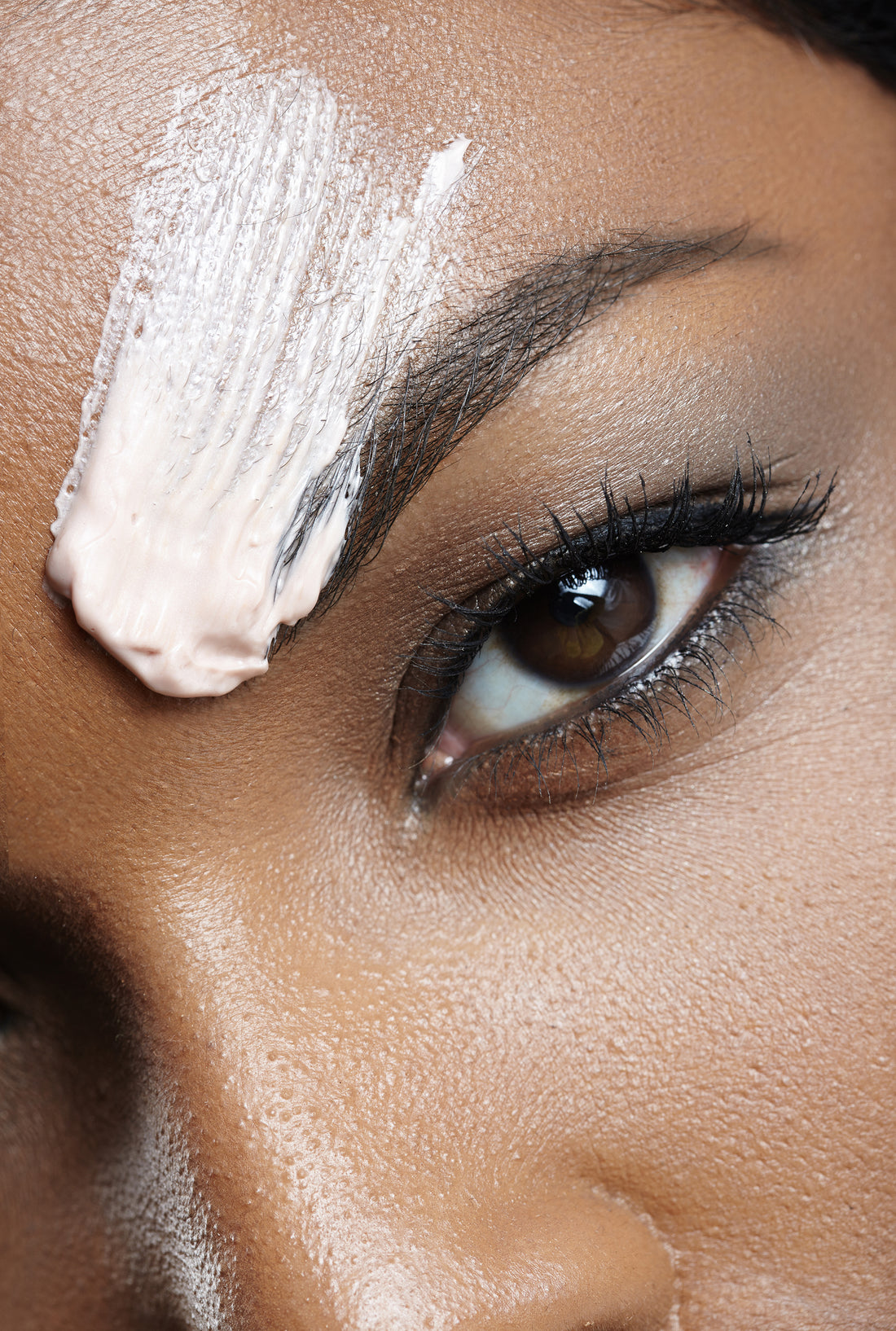Microchanneling
- For the first 90 minutes, don’t touch the face and avoid any sun exposure.
- Do not apply any skincare products or makeup to the skin after the treatment until you perform your PM skincare routine before bed.
- Avoid makeup for at least 12 hours after the procedure. If acne prone wait 24 hours. Sanitize makeup brushes before using them.
- To help keep the skin hydrated, you can use the hydrating mist we recommend or HA throughout the day. Be sure to drink plenty of water.
- Avoid heavy sweating for the first 24 hours. (No gym, sauna, swimming, spicy food, exercise, etc.) Light lifting or walking is fine.
- Avoid direct sunlight for at least 7 days. Ensure you have proper sun protection whenever you are out in the sun.
- Return for a follow-up treatment in about a month or as recommended.
- Avoid retinol, retin-a, exfoliating treatments, and AHA and BHA acids for 4 days.
*Note: For the first 12 hours after treatment, your skincare routine should be gentle cleansing and HA that is provided.
Cryotherapy
How does cryotherapy (freezing) work?
How does cryotherapy (freezing) work?
Freezing has been used as a method of treatment for skin problems for many years. It is particularly effective for treating skin lesions that involve the surface layers of the skin (the epidermis). Damage to this layer allows the skin cells underneath (the basal cell layer) to regenerate and produce normal healthy skin.
When is cryotherapy used?
When is cryotherapy used?
Cryotherapy is used to treat superficial skin lesions including seborrheic keratosis, solar keratosis, warts, Bowen’s Disease and occasionally skin cancers. It is a highly effective form of treatment.
How long does treatment take?
How long does treatment take?
Liquid Nitrogen is extremely cold and freezing typically only needs a few seconds, depending on the type of skin lesion and thickness. Superficial solar keratosis may only require a 5-second freeze compared to a viral wart, which needs approximately 15 seconds.
Typical Side-Effects:
Typical Side-Effects:
Pain - The treatment will normally produce soreness and a stinging sensation during treatment and, particularly, as the skin thaws. The treated area may be sore for 2-3 days following treatment.
Swelling and Discomfort - Treated skin lesions normally swell for 2-3 days. A scab or crust may form, which typically falls off after 10- 14 days. This process may take longer for the lower leg, as wound healing in this area is generally slower.
Blister Formation - Blistering may develop and contain either clear fluid or become a blood-blister. The roof of the blister may need to be punctured with a sterile needle. Try to leave the skin overlying the blister intact, if at possible. Repeat this process, if the blister is painful, until it no longer refills.
Possible Side-Effects:
Possible Side-Effects:
Infection - Skin infection is rare after cryotherapy. See your Doctor if the wound becomes especially red, sore or weeps yellow fluid/pus after several days. Your general practitioner will likely prescribe antibiotics if infection is suspected.
Scar - Sometimes it is necessary to produce a scar to adequately treat skin lesions. With cryotherapy, these tend to be white in color and, occasionally, they will cause a depression in the skin. Rarely, a raised keloid or hypertrophic scar may form.
Pigment Discoloration - Treatment may also disturb the skin color. This may be seen as loss of normal coloration (hypopigmentation) or increased darkness (hyperpigmentation). Increased pigmentation typically fades after 3-4 months. Rarely, pigment discoloration is permanent.





